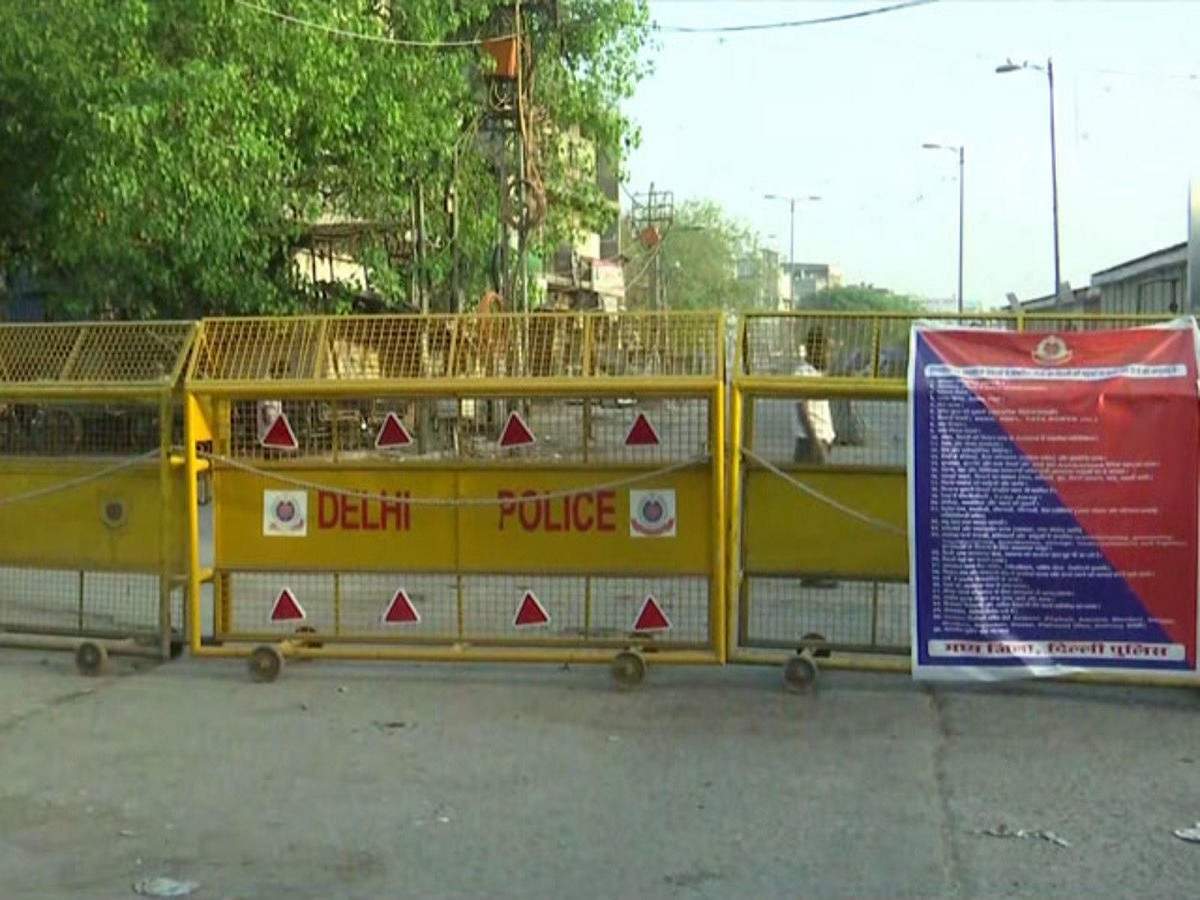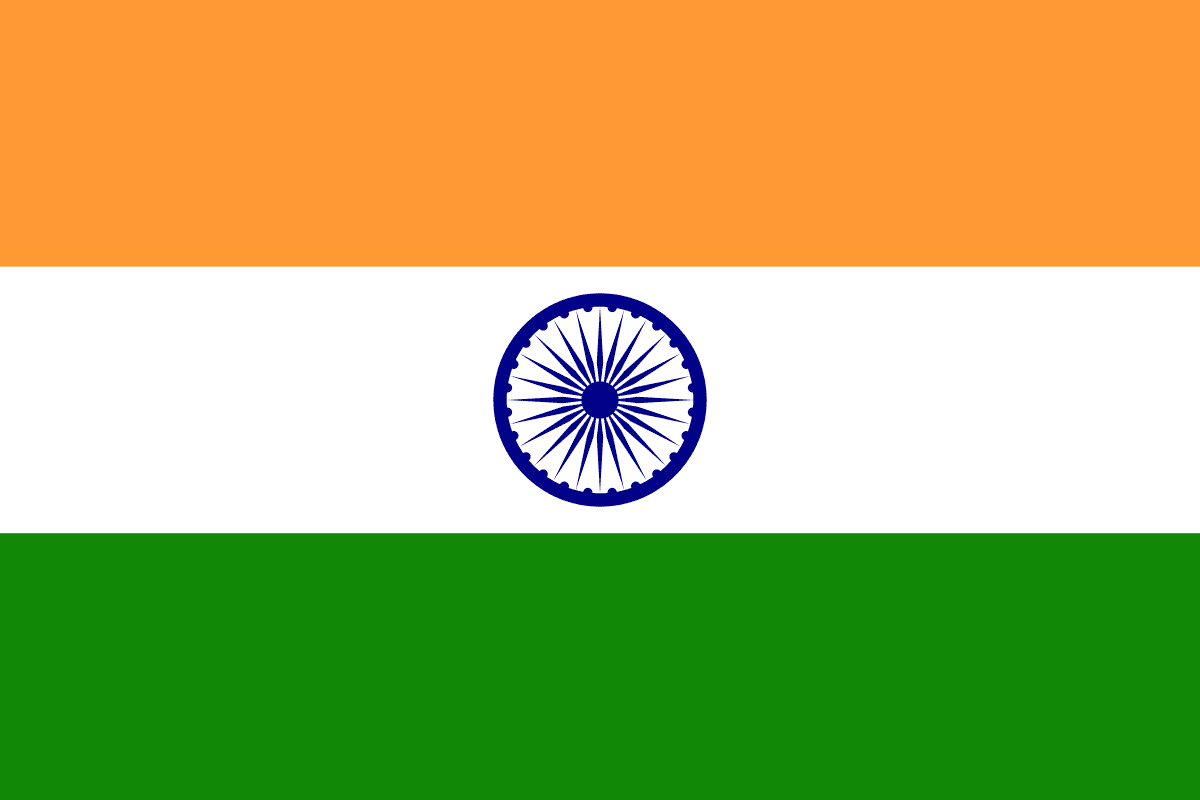Natural Resources
The Ganges River: Efforts to maintain its holiness

Indian government has spent less than a 25% of the funds available for a mission to clean up the river Ganga over the past two years. This information has come to light after a federal audit, which has cited various lapses in the core planning and overall financial management of this flagship scheme.
The Modi government had only used approximately USD 260 million of the USD 1.05 billion that was allocated for the National Mission for Clean Ganga (NMCG) program for the period April 2015 to March 2017, this is according to a CAG report. The report also says that it is found in a survey that the water quality in eight of 10 towns along the Ganga did not meet the outdoor bathing standards. The160-page report was presented to parliament last week. Since then the water resources ministry, which is in charge of the NMCG, had been unable to respond to a request for comment.
PM Narendra Modi’s administration had committed USD 3 billion in the year 2015 for a five-year project to clean the 2,525-km long stretch of river that is heavily polluted despite it being a water source for more than 400 million people.
PM Narendra Modi, who himself represents the holy city of Varanasi, had made the clean-up of the river one of his key campaign promises in the 2014 general election, which he won with a heavy margin.
The Ganga river is one of the most revered rivers in the world but sadly also one of the most polluted. It is worshipped primarily by Hindus, who make up for about 80 % of India’s 1.3 billion population. Hindus call the river Ganga Mata, or mother Ganga, and they believe that a dip in the holy river absolves sins of a whole lifetime.
This river, stretching from the Himalayas to the Bay of Bengal, is also used as dump for waste products, produced by hundreds of factories which flow untreated into the Ganges. It is time that the government reconsiders its position and takes strict measures to purify the most revered river in India.
-Archit







































